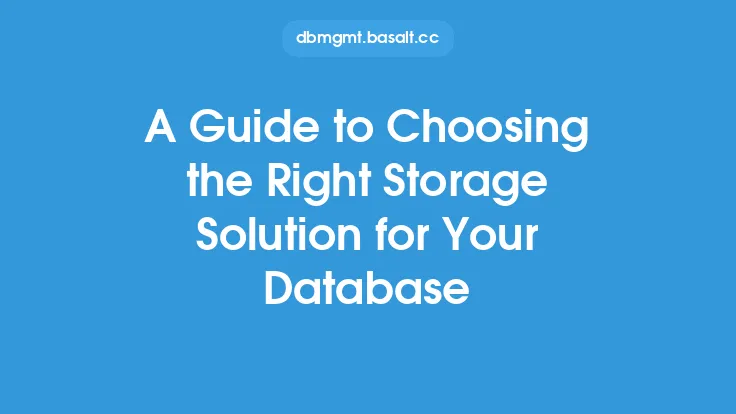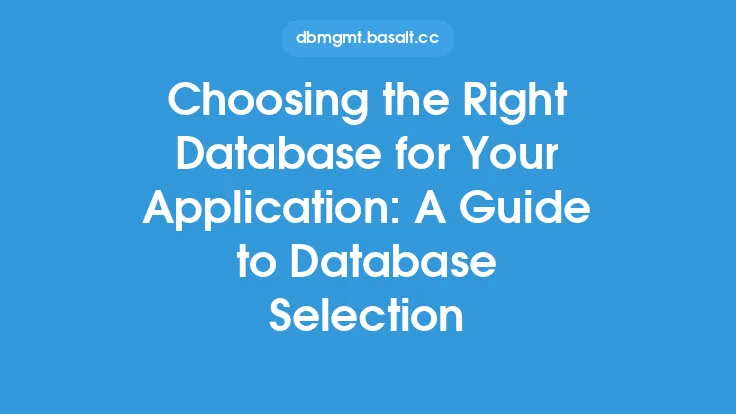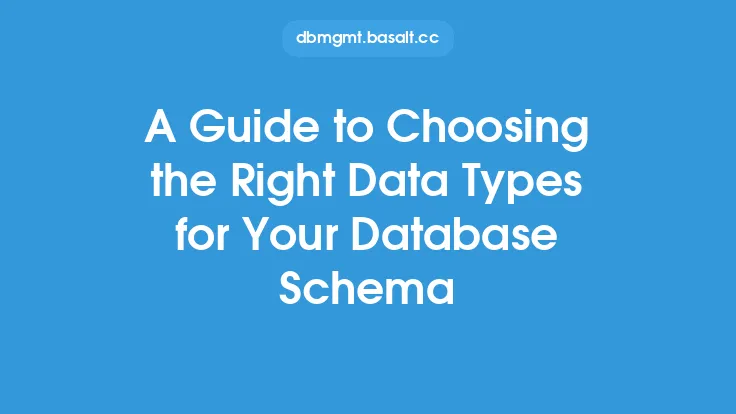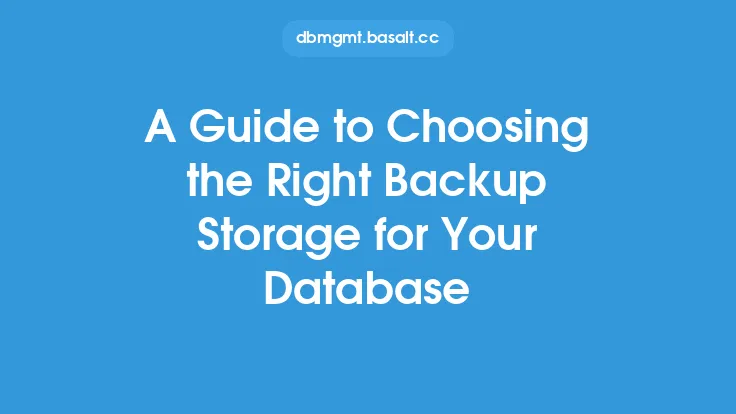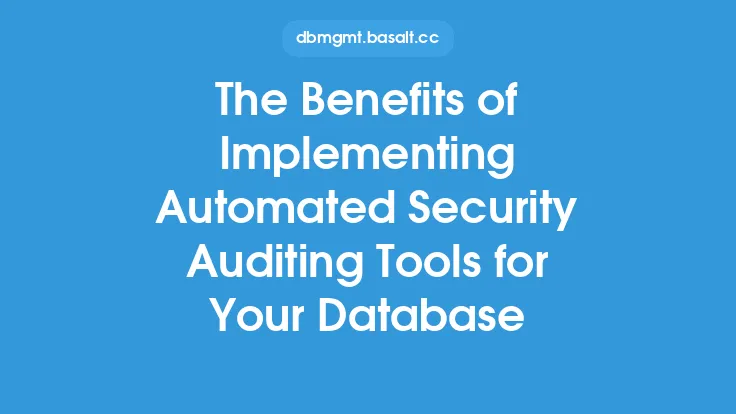When it comes to optimizing database performance, indexing is a crucial aspect that can significantly impact the efficiency of data retrieval and query execution. With various indexing techniques available, choosing the right one for your database can be a daunting task. In this article, we will delve into the world of indexing strategies, exploring the different techniques, their advantages, and disadvantages, to help you make an informed decision.
Introduction to Indexing Techniques
Indexing techniques can be broadly categorized into two main types: clustering and non-clustering indexes. Clustering indexes, also known as clustered indexes, reorder the physical records of the table according to the index keys. This type of index is typically used when the data is mostly read-only, and the queries require a range of values. On the other hand, non-clustering indexes, also known as non-clustered indexes or secondary indexes, create a separate data structure that contains the index keys and pointers to the corresponding data rows. Non-clustering indexes are suitable for tables with frequent insert, update, and delete operations.
B-Tree Indexes
B-tree indexes are one of the most common indexing techniques used in databases. They are self-balancing search trees that keep data sorted and allow for efficient insertion, deletion, and search operations. B-tree indexes are suitable for queries that require a range of values, such as "find all employees with a salary between $50,000 and $100,000." The advantages of B-tree indexes include efficient range queries, fast insertion and deletion, and good performance for queries with low selectivity. However, B-tree indexes can be slow for queries with high selectivity, and they can lead to fragmentation, which can negatively impact performance.
Hash Indexes
Hash indexes, on the other hand, use a hash function to map the index keys to a specific location in the index. They are suitable for queries that require an exact match, such as "find all employees with a specific employee ID." Hash indexes are fast for equality searches, but they can be slow for range queries. They are also sensitive to the quality of the hash function, which can lead to collisions and poor performance.
Full-Text Indexes
Full-text indexes are designed for querying large amounts of unstructured data, such as text documents. They use techniques like tokenization, stemming, and stop words to create an index that allows for efficient searching of words and phrases. Full-text indexes are suitable for queries that require searching for specific words or phrases, such as "find all documents that contain the word 'database'." The advantages of full-text indexes include fast searching, support for complex queries, and good performance for large amounts of data.
Bitmap Indexes
Bitmap indexes are used for columns with low cardinality, such as gender or status. They use a bitmap to represent the index keys, where each bit corresponds to a specific value. Bitmap indexes are suitable for queries that require filtering on a specific column, such as "find all male employees." The advantages of bitmap indexes include fast filtering, low storage requirements, and good performance for queries with low selectivity.
Choosing the Right Indexing Technique
When choosing an indexing technique, there are several factors to consider, including the type of queries, the data distribution, and the storage requirements. Here are some guidelines to help you choose the right indexing technique:
- Use B-tree indexes for queries that require a range of values, such as date or salary.
- Use hash indexes for queries that require an exact match, such as employee ID or customer ID.
- Use full-text indexes for querying large amounts of unstructured data, such as text documents.
- Use bitmap indexes for columns with low cardinality, such as gender or status.
- Consider the storage requirements and the maintenance costs of the index.
- Monitor the performance of the index and adjust it as needed.
Best Practices for Indexing
Here are some best practices to keep in mind when indexing your database:
- Index columns that are used frequently in WHERE, JOIN, and ORDER BY clauses.
- Avoid indexing columns with low selectivity, such as columns with only a few unique values.
- Use composite indexes to index multiple columns that are used together in queries.
- Avoid over-indexing, as it can lead to slower write performance and increased storage requirements.
- Monitor the performance of the index and adjust it as needed.
Conclusion
In conclusion, choosing the right indexing technique for your database requires careful consideration of the type of queries, the data distribution, and the storage requirements. By understanding the different indexing techniques, their advantages, and disadvantages, you can make an informed decision and optimize the performance of your database. Remember to follow best practices for indexing, monitor the performance of the index, and adjust it as needed to ensure optimal performance and scalability.
